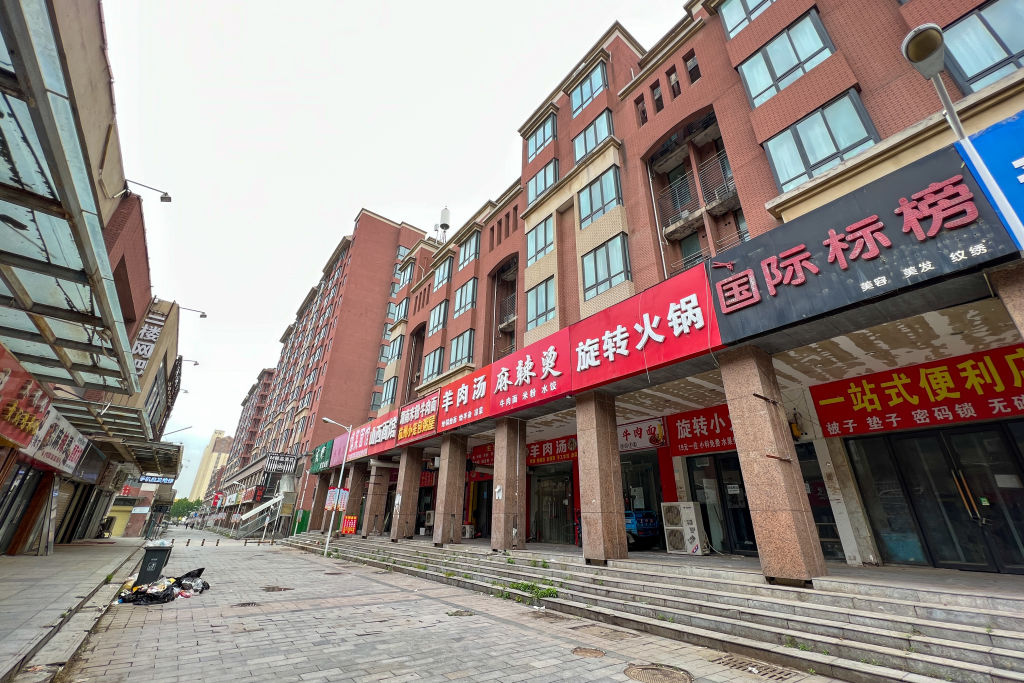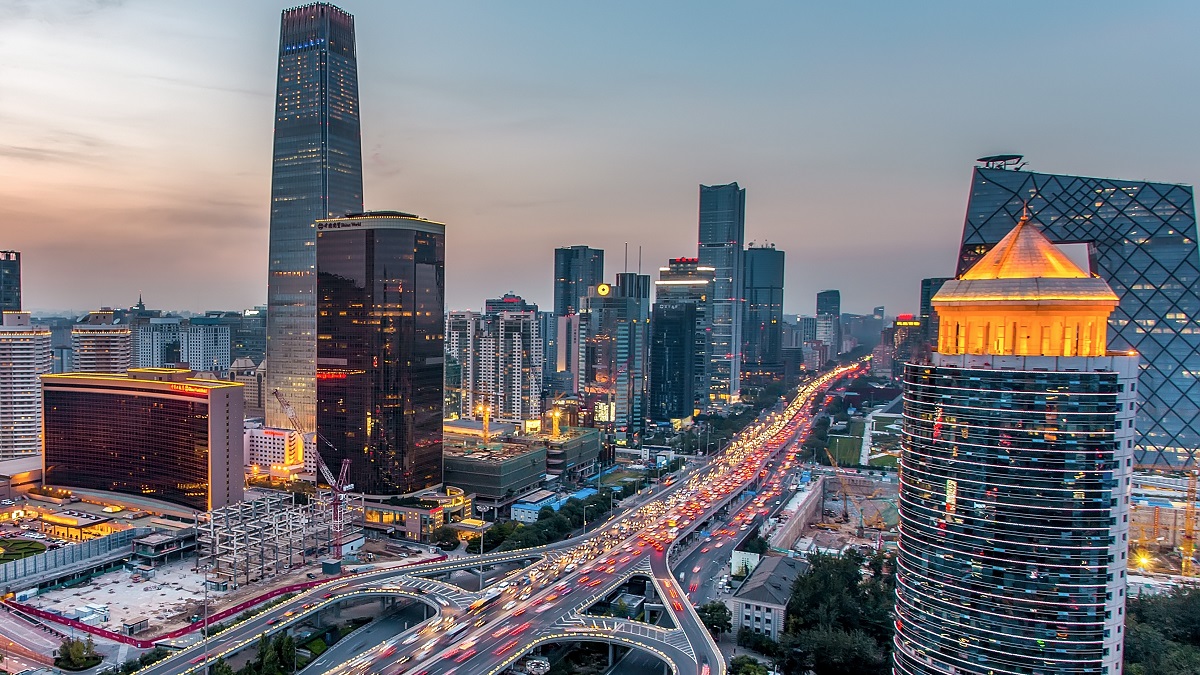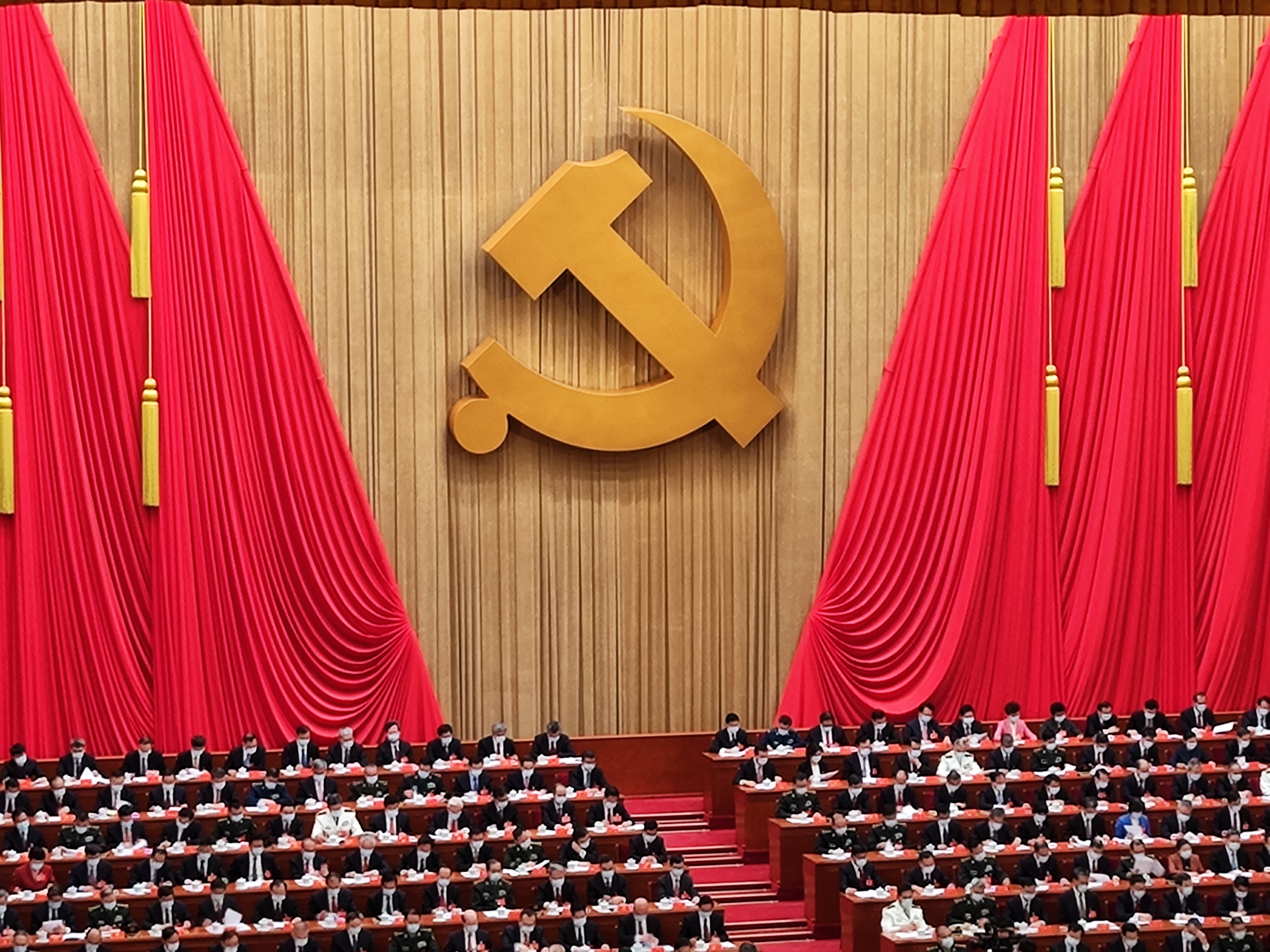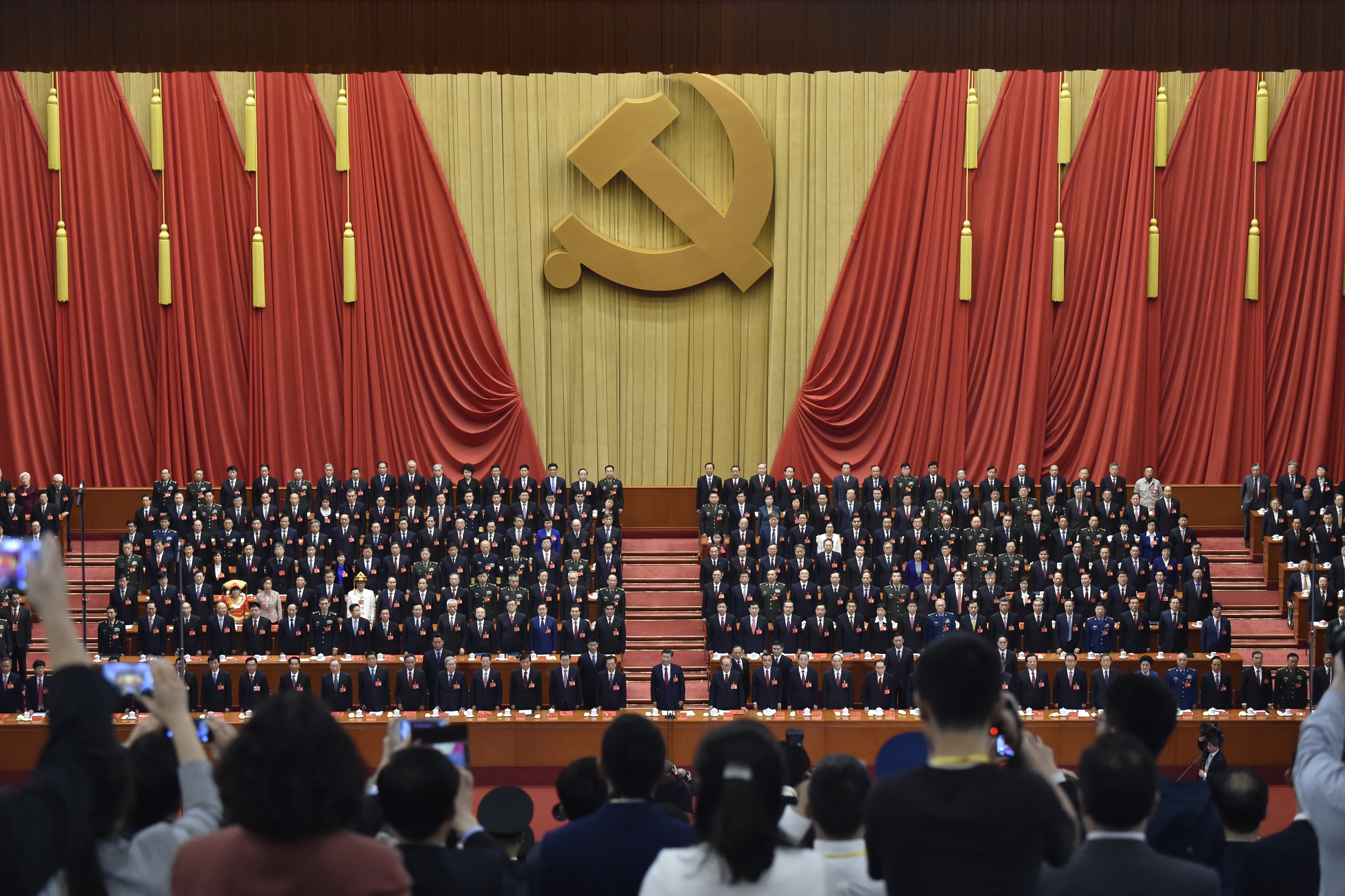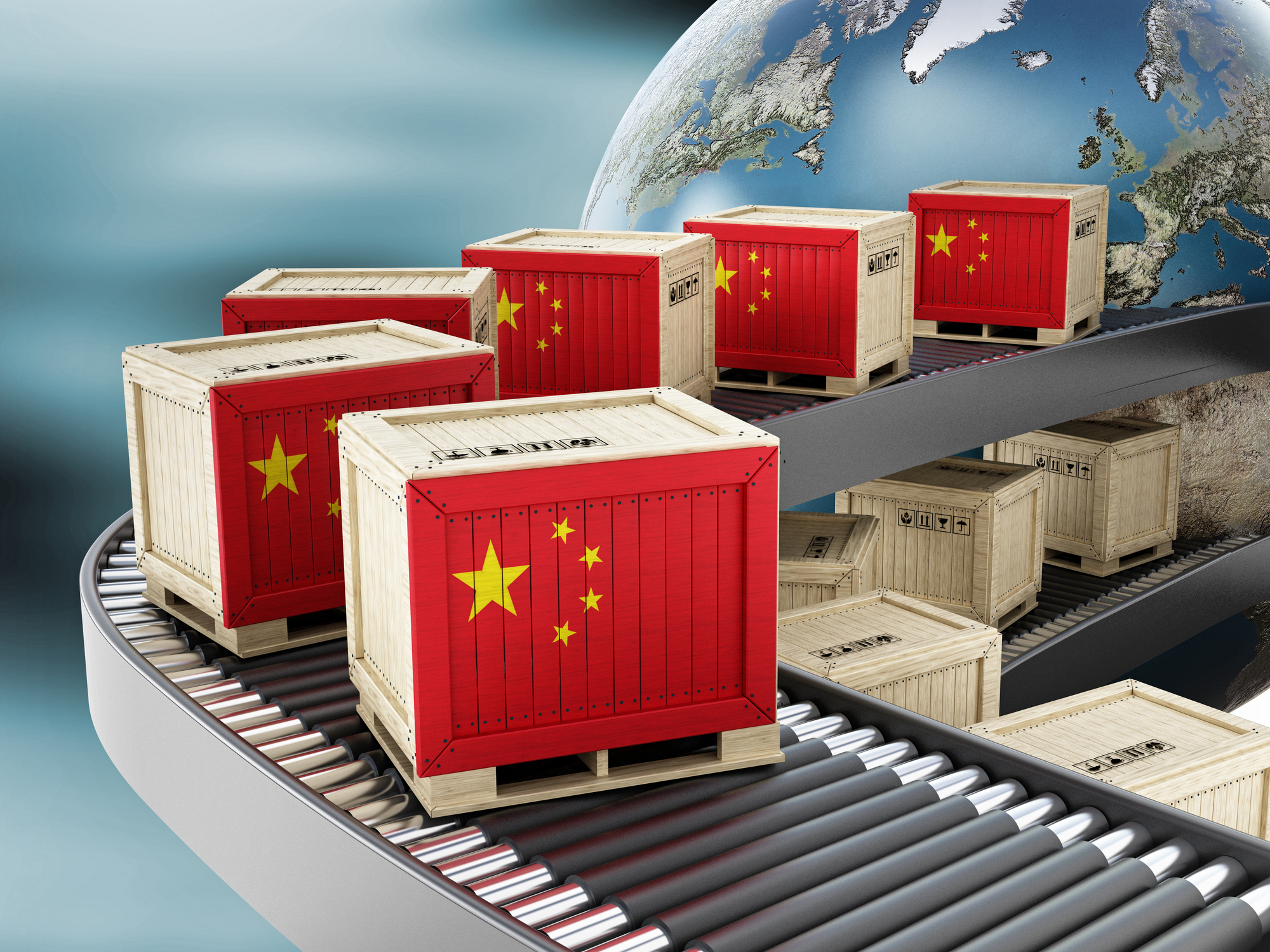
Ke Long reviews the history of Japan’s foreign direct investment in China and discusses the tough choices facing Japanese multinationals in the aftermath of the COVID-19 pandemic.
* * *
The COVID-19 pandemic has plunged Japanese multinationals into a supply-chain crisis and raised serious questions about their global strategy going forward. To grasp the dilemma facing Japanese industry, we need first to understand its dependence on China and how that relationship evolved.
Today’s global supply chains are a product of the drive by businesses to boost profits and competitiveness by cutting costs. Of course, when designing a supply-chain strategy, management should also consider the need to hedge against risk. But unless the risks are obvious or imminent, cost considerations tend to prevail. This was certainly the case among Japanese manufacturers in the post–Cold War years.
Offshoring and the Promise of Market Access
In the rapidly changing economic and geopolitical climate of the 1990s, Japanese industry found itself under intense pressure to cut costs by shifting production overseas. Domestic demand was in a protracted slump following the collapse of the 1980s asset bubble, and the yen’s rapid appreciation was undercutting the competitiveness of Japanese exports. In this environment, Japan’s big manufacturers began moving their production facilities offshore—first to Southeast Asia and then to China, which was opening up its markets and actively seeking Japanese investment. By the mid-1990s, the “hollowing” of Japan’s industrial base was proceeding rapidly, fueling a sense of crisis among economists and policymakers.
Foreign direct investment (FDI) in China by Japanese businesses entered a second phase in the early years of the twenty-first century. In 2001, China achieved its long-sought goal of membership in the World Trade Organization after agreeing to fully open its markets and accept global rules. Lured by the promise of an open, rapidly expanding market, Japanese manufacturers began making plans not just to produce goods in China but to sell them there as well. The focus of FDI broadened from production to logistics and distribution.
But doing business in China proved more challenging than Japanese companies anticipated. Selling to a state-owned enterprise meant negotiating with officials of the ministry or agency with jurisdiction over that company, and those officials were apt to demand kickbacks—a violation of Japanese and international codes of corporate conduct. Chinese customers balked at the price of “high spec” Japanese products, but the manufacturers’ built-in quality assurance systems made it difficult to lower costs by downgrading specifications. Partnering with private Chinese firms that were not backed by the Chinese government presented its own risks, and there were many reports of unpaid bills. Ultimately, many Japanese companies in China limited themselves to working with other Japanese businesses there. For many, open access to the Chinese market has remained an elusive dream.
Outsourcing and Deindustrialization
Meanwhile, China has remained pivotal to the supply chain of Japanese multinationals, but the relationship has evolved and diversified over the years. To grasp the nature of these changes, it is helpful to break the manufacturing industry down into three categories: low-, medium-, and high-value-added products.
Where low-value-added products are concerned, Japanese corporations gradually quit manufacturing in China after around 2000, as rising labor and other production costs cut into profits. But although they divested themselves of their Chinese factories, they did not sever ties with China altogether; they simply switched from offshoring to outsourcing. Japanese companies continued to sell products made in China to their own specifications. (Products manufactured by Chinese companies under contract to Japanese corporations can be quite different from those made for the domestic market, as evidenced by the fact that Chinese tourists visiting Japan often make bulk purchases of Japanese toothbrushes that are in fact made in China.)
As regards manufacture of medium-value-added household appliances, the tendency among Japanese companies, when faced with high production costs and foreign competition, has been to abandon production of lower-end models and focus on high-end products (such as ultra-high-definition TVs). But given the growing competition from South Korean and Chinese companies, it is unclear how long Japanese manufacturers will continue making such products in China.
The high-value segment also presents a mixed picture. Most Japanese electronics manufacturers have given up on such finished products as laptop computers and smartphones, but they continue to supply key components like high-end semiconductors. Japan’s auto plants, though, now rely on China for most interchangeable components.
At one time, there were as many as 25,000 Japanese businesses with operations or branch offices in China. The number now has fallen considerably from that peak, dipping below 15,000. About half of them plan to strengthen their Chinese operations, however, and sell their products locally. How will the economic relationship evolve going forward?
Managing the Risks
The COVID-19 outbreak, which disrupted many companies’ global supply chains, vividly illustrated the risks of “putting all one’s eggs in one basket.” The pandemic will eventually subside, but its lessons will not soon be forgotten. Burned by the epidemic, Japanese corporations will doubtless be exploring options for asset reallocation. That said, the solution is by no means simple.
In terms of hedging against supply-chain risk, it would clearly make sense for Japanese manufacturers to begin moving some of their production facilities to Southeast Asia and “reshoring” others back to Japan. But this is not an easy decision to make.
China is not merely the world’s factory but also one of its biggest and most promising consumer markets. In 2019, per capita gross domestic product rose to more than $10,000. By unit sales, China is already the world’s largest market for automobiles and smartphones. It also leads the world in beer and wine consumption. The opportunities of this market are too great to ignore. The answer, therefore, is not to decouple from China but to better manage the risks of doing business there. Let us consider these risks one by one.
To start with, Japanese businesses in China must give careful thought to geopolitical risks, especially those stemming from the escalating trade war with the United States. As the Chinese economy contracts, China’s restrictions on cross-border capital transactions will doubtless continue. These dynamics will heighten the risk of harsh new restrictions on fund transfers from China or an unfavorable shift in exchange rates. Of course, individual companies can do little to manage geopolitical risks. What they can do is limit their exposure to such risks through optimal allocation of their human and financial resources.
Japanese companies operating in China also need to pay heed to the heightened potential for social unrest in the wake of the COVID-19 outbreak. The crisis has dealt a mortal blow to many small businesses, and multinationals have begun shifting production to other emerging markets. A sharp rise in unemployment could provide a fertile breeding ground for social unrest, with significant repercussions for Japanese businesses.
Further, if high unemployment and falling incomes erode household finances sufficiently, China’s real estate bubble could collapse, potentially destabilizing the entire financial system—a peril with which Japan is all too familiar. In a worst-case scenario, the chain reaction could engulf the public sector and trigger a sovereign debt crisis. China’s debt-to-GDP ratio is not particularly high if one considers only the debt of the national government, but when local governments and state-owned commercial banks and state-owned enterprises are added, total public debt comes to more than 300% of GDP (according to the Institute of International Finance). Under these circumstances, Japanese businesses cannot ignore the risk of a Chinese debt crisis stemming from a collapse of the real-estate market.
The Importance of Balance
Japanese multinationals need to take all these hazards into account when doing business in China. At the same time, they need to begin crafting a new global strategy adapted to the uncertainties of the post-COVID world.
The US-China struggle for hegemony will continue to play out long after the pandemic is over. How will Japanese industry navigate these stormy seas? An “equilateral” triangle among Japan, the United States, and China is not in the cards. Japan must find a way of coexisting with both superpowers, pursuing new investments and better market access in China without losing open access to US markets—or, for that matter, losing sight of opportunities in Europe and Southeast Asia.
Mapping out a smart global business strategy amid all this complexity and uncertainty will mean carefully weighing the relative risks and opportunities presented by the world’s markets. The calculation will differ by sector and company; there is no single formula. But there are some universally applicable principles. In the post-COVID era, balance must be the overarching principle guiding the global strategies of Japan’s multinational corporations.


